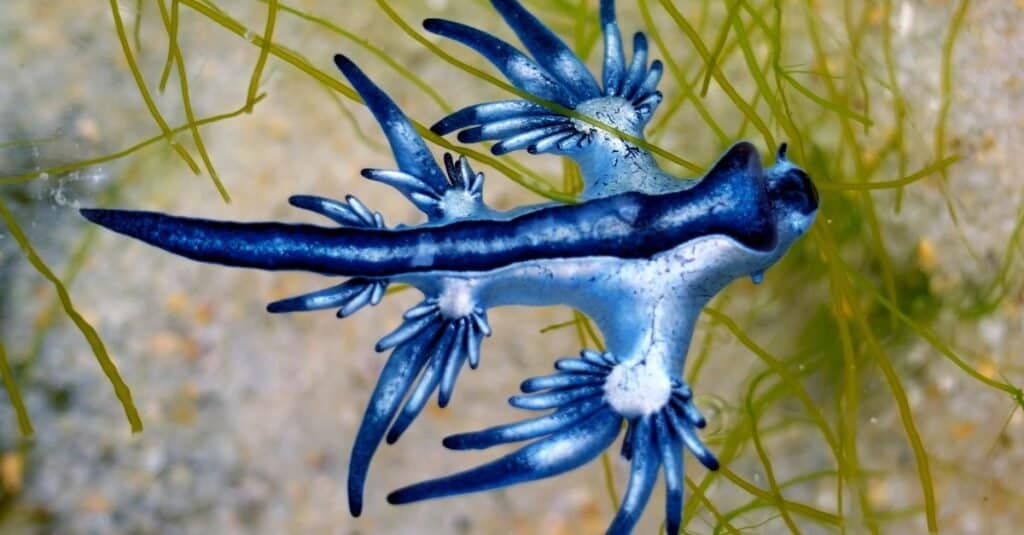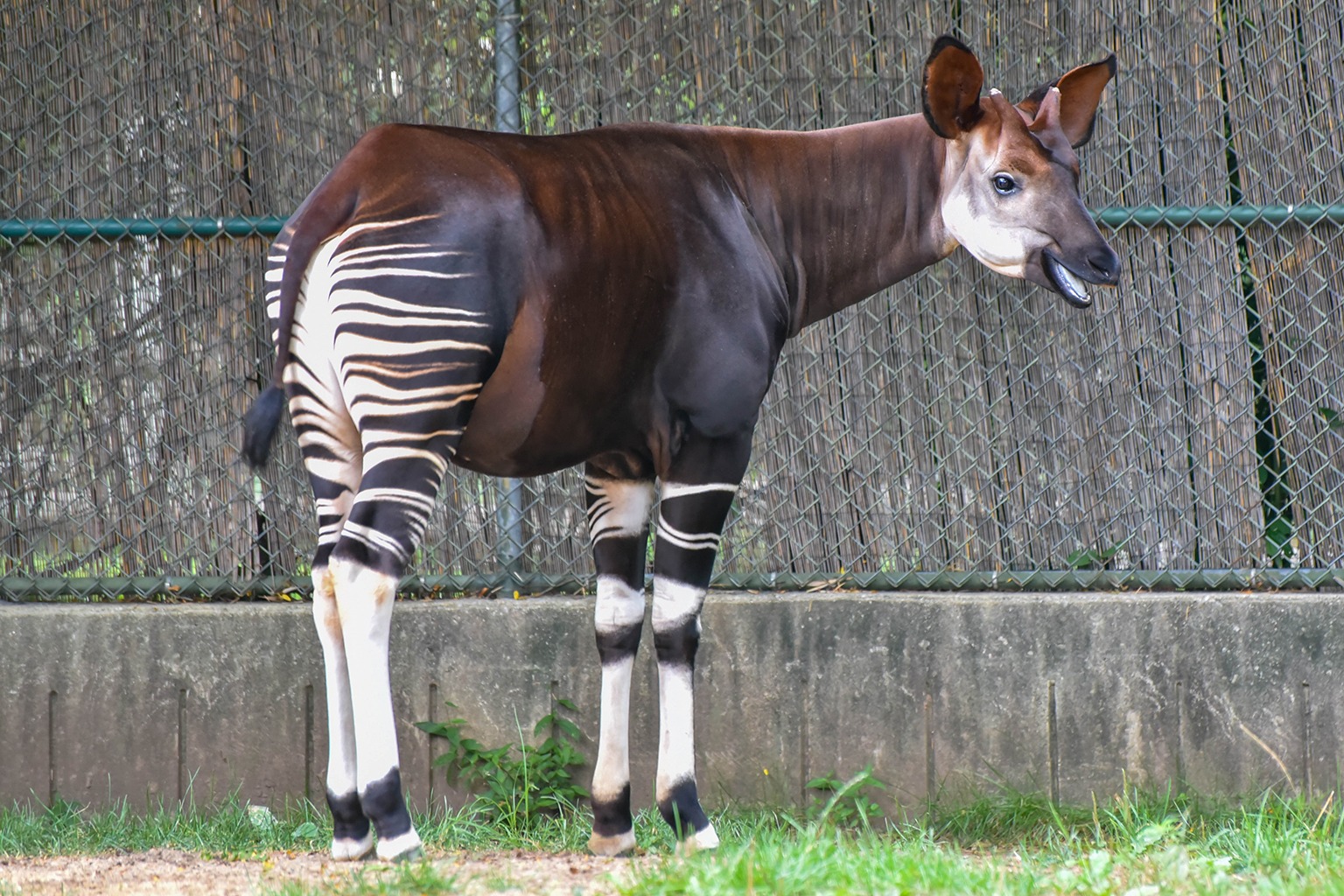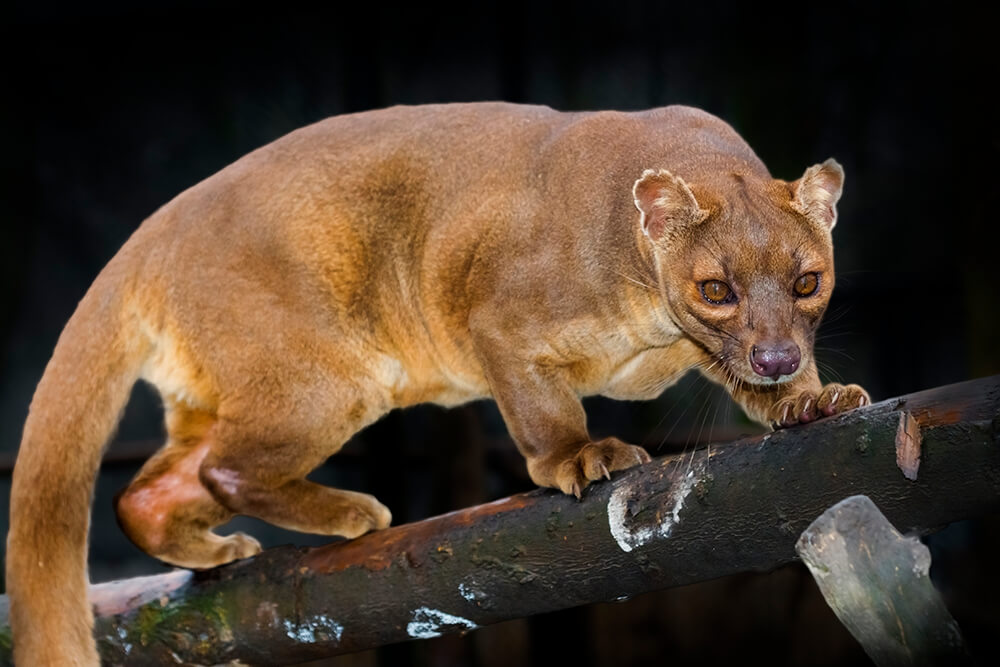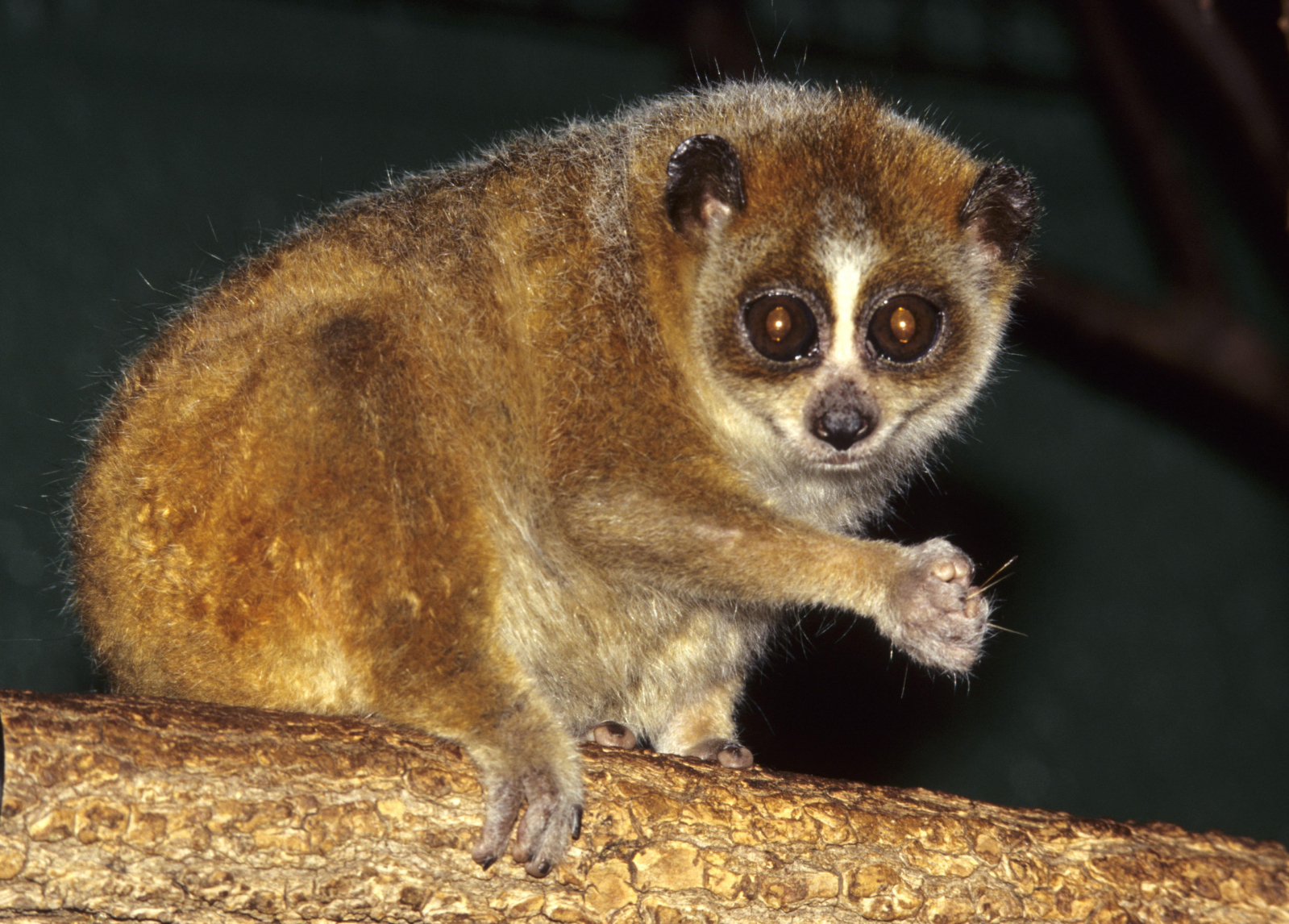Are you ready to explore the coolest animals in the world? From the bizarre-looking to the fascinatingly unique, the animal kingdom is full of creatures that are sure to impress and amaze.
What makes an animal cool? Is it their appearance, their behavior, or their abilities? According to the dictionary, “cool” means fashionably attractive or impressive.
You are reading: The Top 10 Coolest Animals In The World
In this article, we will take a look at the top 10 coolest animals in the world according to various sources. These animals have tons of impressive traits that make them super cool, and we will explore what makes them so special.
So, get ready to be amazed and discover some of the most fascinating creatures on the planet!

The Top 10 Coolest Animals In The World
Okapi

The okapi, also known as the forest giraffe, is a unique and fascinating animal that is native to the northeast Democratic Republic of the Congo in central Africa. It is the only species in the genus Okapia and is the only living relative of the giraffe.
The okapi stands about 1.5 meters tall at the shoulder and has a typical body length around 2.5 meters.
Its coat is a chocolate to reddish brown, much in contrast with the white horizontal stripes and rings on the legs, and white ankles. Male okapis have short, distinct horn-like protuberances on their heads called ossicones, less than 15 cm in length.
The okapi inhabits canopy forests at altitudes of 500–1,500 m and is an herbivore that mostly diets on grass, leaves, and other plants.
The International Union for the Conservation of Nature and Natural Resources classifies the okapi as endangered due to habitat loss, illegal mining, extensive hunting for bushmeat and skin, and human settlement.
Despite its endangered status, the okapi remains one of the coolest animals in the world due to its unique appearance and behavior.
Fossa

The fossa is a unique and fascinating animal that is endemic to Madagascar. It is the largest mammalian carnivore on the island and has been compared to a small cougar, as it has convergently evolved many cat-like features.
The fossa has a head-body length of 70–80 cm and weighs between 5.5 and 8.6 kg, with males being larger than females. Its fur is close, dense, and grayish to reddish-brown.
The fossa is a carnivore that hunts small to medium-sized animals, including lemurs, which is the only predator capable of preying upon adults of all extant lemur species.
It is both terrestrial and arboreal and is generally most active at night. Fossas are usually entirely nocturnal in the vicinity of human settlements, possibly as a result of hunting and competition with domestic dogs.
The fossa belongs to the family Eupleridae, a group of carnivores found only on Madagascar, and is not related to the cat family. The fossa is threatened by habitat loss and is classified as vulnerable by the International Union for Conservation of Nature.
Blue Dragon

The Blue Dragon is considered one of the coolest animals in the world according to various sources. The Blue Dragon is a type of sea slug that is found in the warm waters of the Pacific and Indian Oceans.
It is also known as the Blue Sea Slug or the Blue Glaucus and is famous for its striking blue color and unique appearance.
The Blue Dragon is a pelagic creature that floats upside down on the surface of the water, using its gas-filled sac to stay afloat. It feeds on other pelagic creatures such as the Portuguese Man O’ War, which is known for its painful sting.
The Blue Dragon is also capable of storing the stinging cells of its prey in its own tissues, using them as a defense mechanism against predators.
Read more : The Top 10 Loudest Animals On Earth
Despite its small size, the Blue Dragon is a fascinating and impressive creature that has captured the attention of many people around the world.
Angora Rabbit

The Angora rabbit is a unique and fascinating breed of domestic rabbit that is bred for the long fibers of its coat, known as Angora wool, which are gathered by shearing, combing, or plucking.
There are at least 11 distinct breeds of Angora rabbit, four of which are currently recognized by the American Rabbit Breeders Association (ARBA): English, French, Giant, and Satin.
The Angora rabbit is one of the oldest types of domestic rabbit and is said to have originated in Ankara, Turkey, which was historically known as Angora. The Angora rabbit became a popular pet of the French royalty in the mid-18th century, and Angoras had spread to other parts of Europe by the end of that century.
In the United States, garments made of Angora-rabbit wool have been popular ever since they first arrived in the early 20th century. The Angora rabbit looks like a round ball of fluff and can often be mistaken for a Pekinese dog instead of a bunny. They have very impressive coats and are often actually bred for their wool.
However, they also make fantastic companion pets and can bond very quickly to their owners, especially the ones who like to groom them. The English Angora is a good-tempered rabbit that makes a wonderful companion and is very sociable.
However, Angora rabbits require a bigger time investment than a short-haired rabbit, as they need a lot of brushing and grooming.
Slow Loris

The slow loris is a group of several species of nocturnal primates that make up the genus Nycticebus. They are found in South and Southeast Asia, including India, China, Laos, Vietnam, Cambodia, Bangladesh, Burma, Thailand, Malaysia, the Philippines, Indonesia, Brunei, and Singapore.
The slow loris is a slow and deliberate climber that often holds on to branches with three of its four limbs.
To move between trees, they carefully grip the terminal branches of the neighboring tree and pull themselves across the small gap.
Slow lorises are sold locally at street markets but are also sold internationally over the Internet and in pet stores.
However, it is important to note that slow lorises are venomous and can pack a gnarly bite laced with venom powerful enough to rot flesh. They produce a venom in brachial glands in their upper arm that, when combined with enzymes in their saliva, causes their bites to be extra painful.
It can also lead to allergic reactions and slow wound healing. Because the venom is not fast-acting, they don’t rely on it to attack predators; instead, they use it in territorial disputes with each other.
Slow lorises are fascinating animals, but they are not suitable as pets, and it is important to protect them in their natural habitat.
Japanese Spider Crab
The Japanese spider crab (Macrocheira kaempferi) is a fascinating and unique species of marine crab that is native to the waters around Japan. It is the largest known arthropod in the world, with a leg span of up to 13 feet (4 meters) and an average weight of around 40 pounds (16-20 kg).
The Japanese spider crab goes through three main larval stages along with a prezoeal stage to grow to its great size. It is orange with white spots along the legs and is reported to have a gentle disposition despite its ferocious appearance.
The first pleopods of males are unusually twisted, and the larvae appear primitive. The Japanese spider crab is similar in appearance to the much smaller European spider crab, though the latter belongs to a different family, the Majidae.
Japanese spider crabs are mostly found off the southern coasts of Japan, primarily on the sandy and rocky continental shelf and slope. During breeding season, fishing is prohibited so that an adequate number of crabs can be maintained in the ecosystem.
Japanese spider crabs are also known as “decorator crabs” because they have been observed decorating their shells with sponges, plants, and anemones, which allows them to camouflage and blend in with their environment, protecting them from predators and other threats. Their legs can regenerate, and they have been known to live up to 100 years old, making them one of the longest-living arthropods.
However, their long legs are weak, and a study found that three-quarters of surveyed crabs were missing at least one limb.
Maned Wolf
The maned wolf is a fascinating and unique species of canid that is native to South America. It is the largest canid in South America, standing about 3 feet tall at the shoulder and weighing about 50 pounds.
The maned wolf has a distinctive appearance, with long, thin legs, a reddish coat, and tall, erect ears. Its name comes from the mane of long, dark hair that runs down its neck and back.
Read more : Discover Types Of Brown Beetles
The maned wolf is not a true wolf or fox but is a distinct species in its own genus, Chrysocyon.
The maned wolf is primarily nocturnal and feeds on small animals, insects, and plant material. It is an omnivorous eater and is particularly interested in lobeira, a small tomato-like berry that makes up 50 percent of its diet.
The maned wolf is a solitary animal that is well adapted to the open environments of the South American savanna. It is also an important seed disperser of fruits, especially the wolf apple.
The maned wolf is classified as near threatened by the International Union for Conservation of Nature due to habitat loss and fragmentation, hunting, and roadkill. Despite its endangered status, the maned wolf remains a fascinating and impressive animal that has captured the attention of many people around the world.
Pink Fairy Armadillo
The Pink Fairy Armadillo is a fascinating and unique species of armadillo that is native to central Argentina and other parts of South America. It is the smallest known species of armadillo, weighing only 120 grams and measuring approximately 13 cm in length.
The Pink Fairy Armadillo has a unique and striking appearance, with a pink bony armor shell, silky yellowish-white fur, and small black eyes. It has a flexible dorsal shell that is attached to its body solely by a thin dorsal membrane, and a spatula-shaped tail that protrudes from a vertical plate at the blunt rear of its shell.
The Pink Fairy Armadillo is a subterranean animal that spends most of its life underground, emerging only at night to gather food. It is also an omnivore, with ants acting as its primary source of food, though it also eats worms, snails, and various plant parts.
The Pink Fairy Armadillo is an elusive and rarely seen animal, and among the least known and studied armadillo species. It inhabits sandy plains, scrubby grasslands, and dunes and uses its surroundings not just for habitation but to hide from many different threats.
Despite its small size and elusive nature, the Pink Fairy Armadillo remains a fascinating and impressive creature that has captured the attention of many people around the world.
Blobfish
The Blobfish is a unique and fascinating species of fish that has gained a lot of attention in recent years. It is a foot-long pink fish found in the deep waters off the coasts of Australia and New Zealand.
The Blobfish has soft bones and few muscles and lacks a swim bladder, the gas-filled internal organ that allows most bony fish to control their ability to stay afloat in water.
However, that doesn’t mean that the Blobfish just sinks to the ocean bottom. Instead, its body is jelly-like, with a density slightly lower than the water in which it lives. The
Blobfish has a unique appearance that has garnered it plenty of attention in recent years, and it was even voted the ugliest animal in a mascot contest held by the comedy/conservation troupe, the Ugly Animal Preservation Society, in 2013.
However, according to scientists, this viral image of the Blobfish is nothing more than “a vast bullying campaign.” The fish only looks like a miserable, pink lump when it has been torn from its home and suffered devastating tissue damage due to the rapid depressurization as it was dragged to the surface.
Blobfish are fascinating creatures that have adapted to their deep-sea environment, and they are not suitable as pets.
Axolotl
The axolotl is a fascinating and unique species of salamander that is native to Mexico. Unlike other salamanders that undergo metamorphosis, axolotls never outgrow their larval, juvenile stage, a phenomenon called neoteny. Their youthful traits include feathery gills sprouting from their heads like a mane, webbed feet, a dorsal fin that runs down the length of their body, and a tail.
Though they keep their gills, adult axolotls also have functional lungs and can breathe through their skin. Axolotls are aquatic salamanders that spend their entire lives underwater. They are omnivorous and feed on a variety of aquatic organisms, including fish, mollusks, aquatic insects, and other axolotls.
Axolotls are known for their ability to regenerate lost limbs and stay “young” throughout their lives. They are used extensively in scientific research due to their ability to regenerate limbs, gills, and parts of their eyes and brains.
Axolotls are also popular as pets and are common in both household fish tanks and research labs.
However, axolotls are critically endangered in the wild due to habitat loss, water pollution, and invasive species.
FAQS
1. What makes an animal cool?
According to the dictionary, “cool” means fashionably attractive or impressive. Animals can be considered cool for a variety of reasons, such as their appearance, behavior, or abilities.
2. Can I keep any of these animals as pets?
Some of these animals, such as the Angora Rabbit and Axolotl, can be kept as pets with proper care and attention. However, many of these animals are not suitable as pets and are better off in their natural habitats.
3. Are any of these animals endangered?
Yes, several of these animals, such as the Okapi, Maned Wolf, and Pink Fairy Armadillo, are classified as endangered due to habitat loss, hunting, and other threats.
4. What is the coolest animal in the world?
The coolest animal in the world is subjective and can vary depending on personal preferences. However, some commonly cited cool animals include the Blue Dragon, Axolotl, and Fossa.
Source: https://petstutorial.com
Category: Animals










